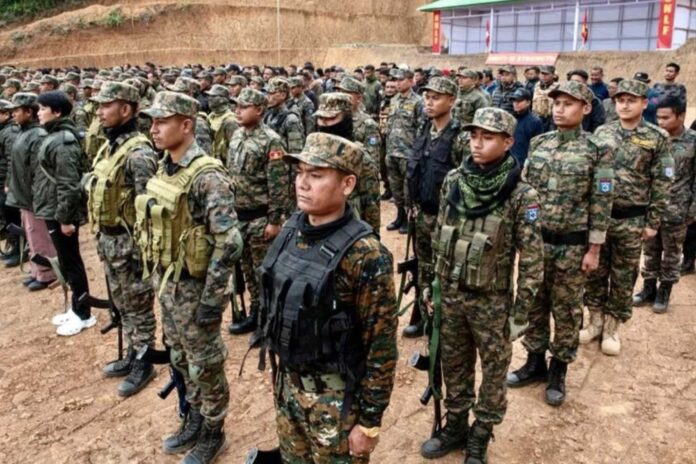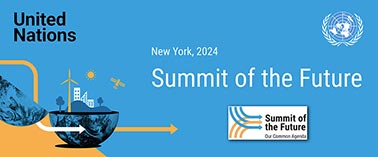In a landmark development, the Government of India, in conjunction with the Manipur state government, has successfully forged a peace agreement with the United National Liberation Front (UNLF), signaling a significant stride towards stability and peace in Manipur, a region long marred by insurgency and conflict. This peace accord is not just a local victory but a crucial step in India’s ongoing efforts to resolve conflicts in the Northeast.
Historical context of the UNLF
The UNLF, established in 1964, has been a prominent player in the insurgency landscape of Manipur. As a valley-based group, distinct from the insurgent factions in the state’s Naga dominated and Kuki-Zomi dominated hills, the UNLF has been a critical factor in the region’s security dynamics. The group, designated as one of the seven “Meitei Extremist Organisations” and banned under the Unlawful Activities Prevention Act, 1967, has operated both within India and from bases in Myanmar. Its activities have historically ranged across the valley areas of Manipur and into some villages in the Kuki-Zomi hill districts, with its operations mostly conducted from Myanmar’s Sagaing Region, Chin State, and Rakhine State.
The peace agreement: A turning point
The peace agreement with the UNLF is a historic moment for Manipur and the entire North Eastern region of India. This marks the first instance of a valley-based armed group in Manipur embracing peace and reintegrating into mainstream society. The implications of this agreement are profound:
1. Ending hostilities: The agreement brings to a close a long-standing conflict that has cost many lives and disrupted normalcy in the region.
2. Constitutional integration: The UNLF’s commitment to respect the Indian Constitution and abide by its laws is a significant move towards political integration and stability.
3. Peace monitoring committee (PMC): The formation of the PMC is instrumental in ensuring that the terms of the agreement are adhered to, thus maintaining the momentum of peace.
4. Encouraging other groups: The UNLF’s decision could potentially influence other insurgent groups in the region, encouraging them to join the peace process.
The broader insurgency landscape in Manipur
Manipur has been home to several insurgent groups, including the Kangleipak Communist Party (KCP), People’s Liberation Army (PLA), and others. The peace agreement with the UNLF might set a precedent for future negotiations with these groups. Furthermore, the Suspension of Operations (SoO) pact with Kuki militant groups, established in 2008, has demonstrated the potential for successful ceasefire agreements in the region.
The role of administrative arrangements
The Ministry of Development of North Eastern Region (DoNER) plays a vital role in overseeing development schemes in the region, aiming to address the root causes of insurgency, such as underdevelopment and ethnic tensions. Additionally, mechanisms like the Inner Line Permit (ILP) and constitutional provisions under Articles 244 (1) and (2) are significant in maintaining the unique cultural and ethnic identities of the local populations.
Conclusion: A hopeful fu- ture
The peace agreement with the UNLF represents a significant milestone in the journey towards lasting peace in Manipur. It’s a testament to the potential for resolution even in seemingly intractable conflicts. As Manipur steps into this new era, the focus shifts to ensuring the successful implementation of the agreement and leveraging this momentum to address other conflicts in the region. The peace accord not only promises an end to violence but also opens avenues for development and prosperity in a region that has long awaited its turn for peace and progress.










